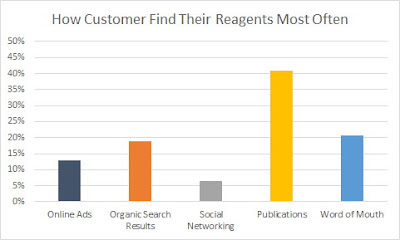Cells are the engine of cell-based assays. Our PetakaTM Cell Culture System knock-down barriers that stand between you and success. The system is especially designed to grow cells in an isolated, auto-modified environment, highly protected from external environmental conditions.
In this study, for hypoxia induction, Petaka G3 low oxygen transfer flasks (Neuromics) were used to culture melanoma cell lines or primary melanocytes for 48–96 h at 37°C until >80% confluent: Rachel L. G. Maus, James W. Jakub, Wendy K. Nevala, Trace A. Christensen, Klara Noble-Orcutt, Zohar Sachs, Tina J. Hieken, and Svetomir N. Markovic. Human Melanoma-Derived Extracellular Vesicles Regulate Dendritic Cell Maturation. Front Immunol. 2017; 8: 358. Published online 2017
Mar 29. doi: 10.3389/fimmu.2017.00358.
Hypoxia increases extracellular vesicles (EVs) production in metastatic melanoma cell line SKMEL28 not primary melanocytes. Melanoma cell lines and adult primary melanocytes were cultured under hypoxia or normoxia conditions for 48 h. Morphology and CD63 vesicle marker expression of SKMEL28 EVs was confirmed by immune electron microscopy (A) and vesicle size distribution and particle concentration measured by nanoparticle tracking analysis (Nanosight) [(B), representative image]. Total concentration of normoxic (gray) or hypoxic (black) vesicles isolated from three melanoma cell lines and healthy primary melanocytes was quantified by Nanosight following three replicate 30-s video captures of three EV preparations (C) (n = 3 independent experiments).
- No requirement of CO2 incubator or humid incubator.
- Exact volume of media per culture.
- Cell growth on vertical walls segregates cells and debris.
- Negligible dehydration rates Protected against leaks or spills.
- Higher cell yields.
- Shipping and short term cell maintenance at room temperature.









